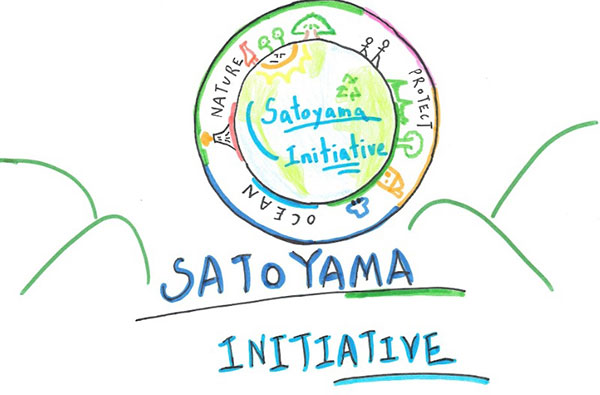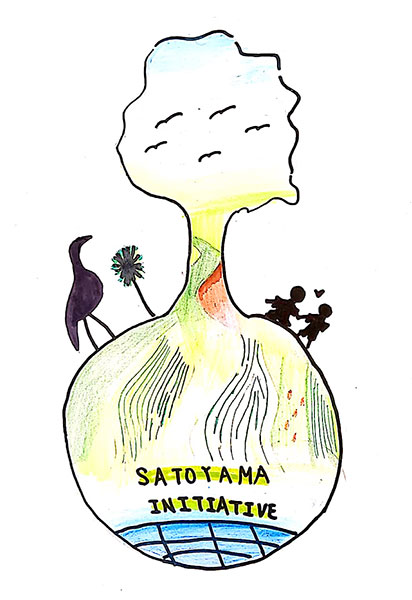Satoyama Initiative
- ◆ An Overview on the Satoyama Initiative
- ◆ International Partnership
- ◆ Satoyama Initiative in Taiwan
Taiwan Ecological Network
Satoyama Initiative
◆ An Overview on the Satoyama Initiative

through various communities.
The term “Satoyama” originates from Japan. It means the region that exists between mountain foothills and arable flat land. This area is commonly known as the border zone. The term “Sato” refers to a village, while “yama” refers to a hill or mountain. Over centuries, Satoyama regions have been formed through the use of small-scale agricultural and forestry practices. However, the “Satoyama Initiative” is an international effort. The initiative was launched at the 10th United Nations Conference on the Convention on Biological Diversity in Nagoya, Japan, in October 2010. The United Nations University Institute of Advanced Studies (UNU-IAS) and the Ministry of the Environment of Japan jointly initiated the International Partnership for the Satoyama Initiative (IPSI). The vision of the Satoyama Initiative aims to promote biodiversity awareness and progress towards the goal of “societies in harmony with nature.” To achieve this version, The Satoyama Initiative adopts a three-fold approach to preserve and restore landscapes and seascapes in a sustainable way. Firstly, it seeks to gather knowledge about ensuring a variety of ecosystem services and values. Secondly, it aims to merge traditional ecological knowledge with contemporary science to encourage innovations. Finally, it explores novel approaches to co-management systems. To implement sustainable use and management of natural resources involving maintaining and rebuilding landscapes and seascapes in different areas, there are six ecological and socio-economic perspectives that need to be considered, following the aforementioned approach. For example, to utilize resources in a way that doesn't exceed the environment's carrying capacity and resilience; to acknowledge the significance and worth of local and indigenous customs and culture. By doing so, we can promote sustainable socio-economies that enhance poverty alleviation, food security, sustainable livelihoods, and empowerment of local communities.

to protect all life and be kind to our planet.